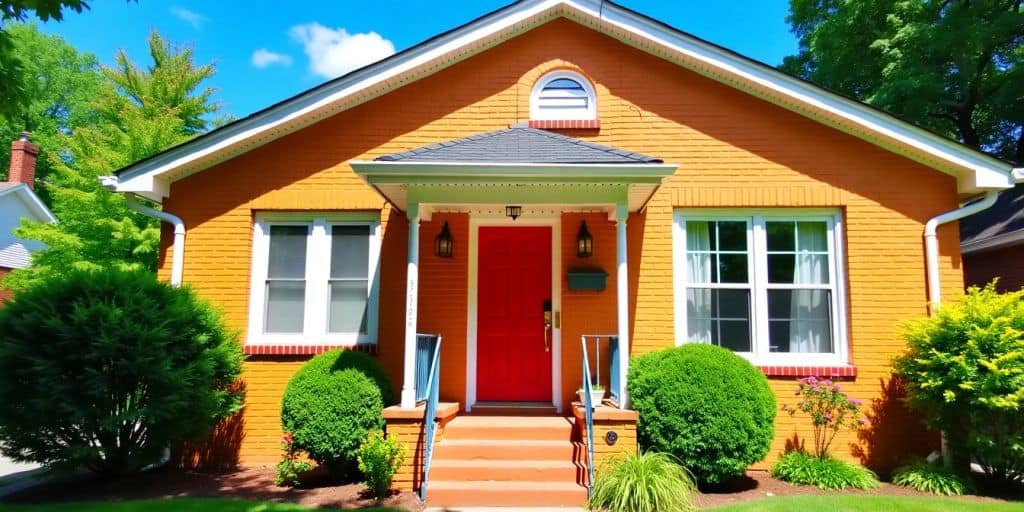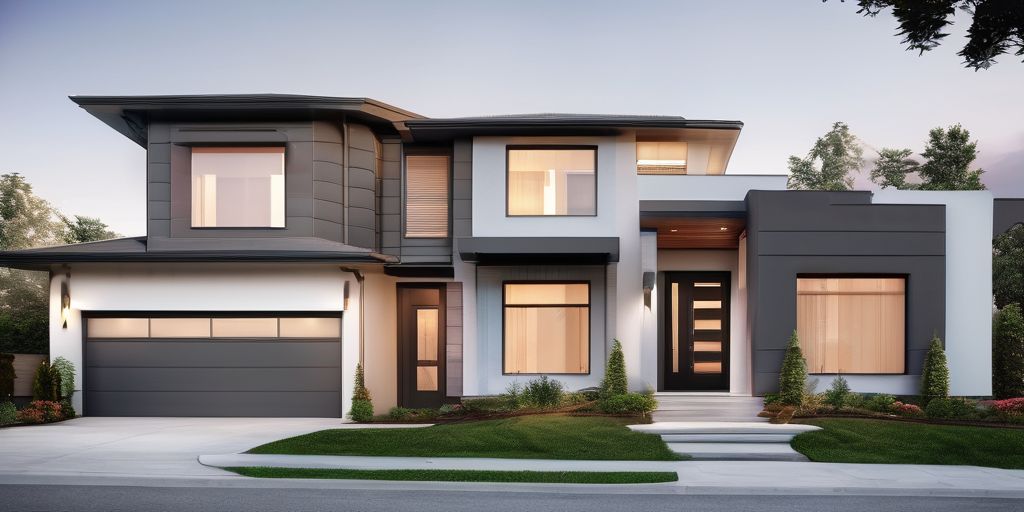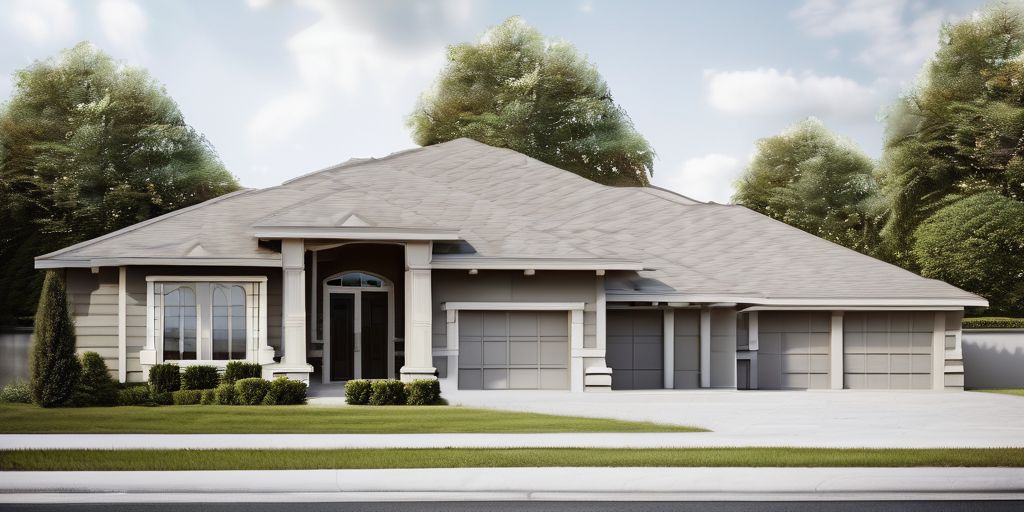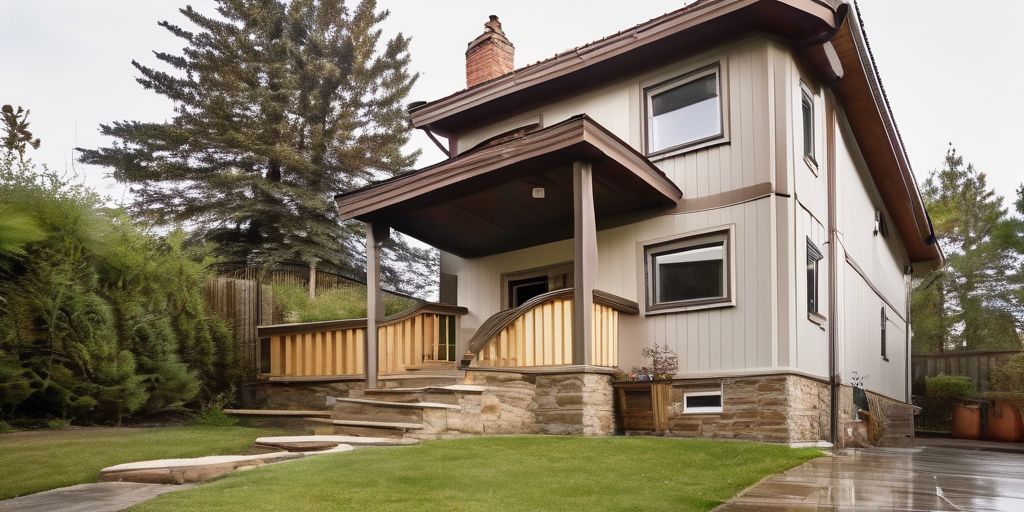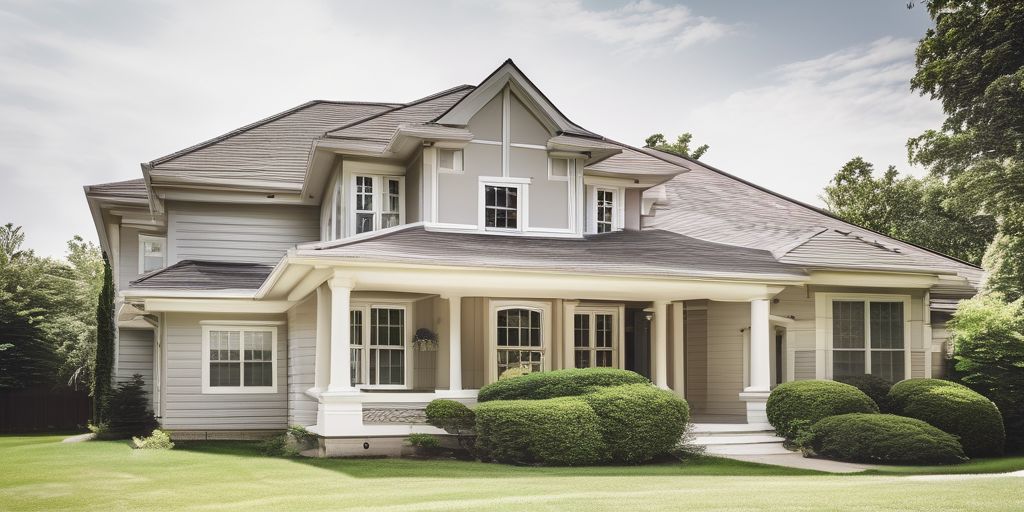Repainting brick houses in Cambridge is a task that requires careful thought, especially when it comes to the weather. Various factors such as temperature, humidity, and seasonal changes can greatly influence how well the paint adheres and lasts. This article will explore essential weather-related considerations to ensure a successful painting project that enhances the beauty and durability of your home.
Key Takeaways
- Choose weather-resistant paint to handle Cambridge’s changing climate.
- Clean the brick thoroughly to help the paint stick better.
- Consider the best time of year to paint for optimal results.
- Select the right finish to improve the look and protection of the brick.
- Protect nearby areas from paint splatters and stains during the job.
Understanding Weather Factors in Brick Painting
Impact of Temperature on Paint Application
Temperature plays a crucial role in how paint adheres to brick surfaces. Here are some key points to consider:
- Ideal Temperature Range: The best temperature for painting is between 50°F and 90°F.
- Too Hot: High temperatures can cause paint to dry too quickly, leading to cracks and poor adhesion.
- Too Cold: Low temperatures can slow down the drying process, risking moisture damage.
Effects of Humidity on Paint Drying
Humidity levels can significantly affect the drying time of paint. Here’s what to keep in mind:
- High Humidity: When humidity is high, paint takes longer to dry, which can lead to issues like blistering.
- Low Humidity: Conversely, low humidity can help paint dry faster, but it may also lead to uneven application.
- Optimal Conditions: Aim for a humidity level below 70% for the best results.
Seasonal Considerations for Painting Projects
Choosing the right season for your painting project is essential. Consider these factors:
- Spring and Fall: These seasons often provide mild temperatures and lower humidity, making them ideal for painting.
- Summer: While it may seem perfect, be cautious of heat waves that can affect drying times.
- Winter: Avoid painting during winter months, especially in areas prone to frost, as it can damage the paint and brick.
Understanding the impact of weather on painting exterior brick is vital for achieving a durable and attractive finish. Proper planning can help you avoid common pitfalls and ensure a successful project.
Choosing the Right Paint for Cambridge’s Climate
When repainting a brick house in Cambridge, selecting the right paint is essential for ensuring durability and aesthetic appeal. Here are some key factors to consider:
Weather-Resistant Paint Options
- Durability against weather extremes: The paint should withstand seasonal changes, from freezing winters to hot, humid summers.
- Resistance to moisture and mold: A breathable paint helps prevent moisture buildup and mold growth, which are common in Cambridge’s damp conditions.
- UV resistance: To maintain the color and integrity of the paint, look for products that offer protection against the sun’s harsh rays.
Importance of UV Protection
- Protects color: UV protection helps keep the paint vibrant and prevents fading.
- Increases longevity: Paint with UV resistance lasts longer, reducing the need for frequent touch-ups.
- Enhances curb appeal: A well-maintained exterior contributes to the overall charm of the neighborhood, especially near landmarks like the King’s College Chapel.
Selecting the Appropriate Finish
Choosing the right finish can greatly affect the appearance and durability of the exterior. Here are some options:
- Matte: Minimizes imperfections and provides a classic look.
- Satin: Offers a slight sheen and is easier to clean.
- Semi-gloss: More reflective, highlighting the texture of the brickwork.
It’s important to consider the impact of sunlight and moisture on the selected finish. A finish that is too glossy may lead to unwanted glare, while one that is too flat might not provide adequate protection against moisture.
By carefully considering these factors, homeowners can ensure a successful and long-lasting paint job that enhances the beauty of their brick houses in Cambridge.
Preparing Your Brick House for Painting
Before you start painting your brick house, it’s essential to prepare the surface properly. This ensures that the paint adheres well and lasts longer. Here are the key steps to follow:
Cleaning and Repairing the Brick Surface
- Remove loose dirt and dust using a stiff-bristled brush.
- Wash the surface with a mild detergent solution to eliminate any mildew or stains.
- Rinse thoroughly with water to get rid of any soap residue.
- Inspect the bricks for cracks or chips and fill them with a suitable masonry filler.
- Replace any severely damaged bricks to maintain structural integrity.
Proper surface preparation is key to a successful paint job. Allow the brick to dry completely before proceeding with repairs or painting.
Priming the Brick for Better Adhesion
- Use a breathable primer to help the paint stick better and allow moisture to escape.
- Priming is especially important in humid conditions, as it helps prevent peeling and blistering.
- Make sure to choose a primer that is compatible with the paint you plan to use.
Protecting Surrounding Areas
- Cover the ground and nearby plants with drop cloths or plastic sheeting.
- Mask off windows, doors, and trim with painter’s tape to avoid unwanted paint splatters.
- Remove or cover light fixtures and other items that could get stained.
By taking these steps, you can ensure a smooth and lasting finish for your painted brick house. Remember, the goal is to enhance the brickwork while protecting it from the elements. This preparation will help you achieve a beautiful result that stands the test of time, especially in a place like Cambridge, where weather can be unpredictable.
Application Techniques for a Lasting Finish
Brush vs. Spray Application
When repainting your brick house, choosing the right application method is essential for achieving a lasting finish. Here are the two main techniques:
- Brush Application:
- Spray Application:
Both methods can be effective, but the key to a lasting finish is in the preparation of the brick surface and the careful application of the paint.
Ensuring Proper Drying Time
Proper drying time between coats is crucial when repainting brick houses. Here are some guidelines to follow:
- Allow the first coat to dry completely before applying the second. This can take anywhere from 2 to 4 hours, depending on weather conditions.
- Avoid painting if rain is forecasted within 24 hours.
- Optimal drying occurs between 50 and 90 degrees Fahrenheit with low humidity.
Remember, rushing the drying process can lead to issues such as peeling or blistering of the paint over time.
Avoiding Common Mistakes
To ensure a successful paint job, avoid these common mistakes:
- Ensure consistent coverage across the entire brick surface to avoid patchiness.
- Be mindful of the weather conditions; painting during extreme temperatures or humidity can lead to poor adhesion.
- Allow ample drying time between coats to prevent trapping moisture.
By following these techniques, you can enhance the beauty and durability of your painted brick house, making it a charming part of the Cambridge landscape.
Maintaining Your Painted Brick House
To keep your painted brick house looking great and lasting long, regular maintenance is key. Here are some important tips to follow:
Regular Cleaning and Inspection
- Inspect your brickwork at least twice a year to catch any issues early.
- Use a soft cloth and mild detergent to gently clean the surface and remove dirt.
- Look for signs of damage, such as peeling paint or cracks, and address them promptly.
Touching Up Damaged Areas
- If you notice any areas that need repair, clean them thoroughly before applying touch-up paint.
- Use a suitable primer to help the new paint stick better.
- Make sure to match the color and finish of the original paint for a seamless look.
Repainting Frequency and Best Practices
- Plan to repaint every 7-10 years, or sooner if you see significant wear.
- Always allow the brick to dry completely before painting, which may take up to 24 hours depending on the weather.
- Consider the local climate; for instance, homes near the River Cam may need extra care due to moisture exposure.
Regular maintenance not only preserves the beauty of your home but also safeguards your investment.
In the Cambridge area, where historic landmarks like the King’s College Chapel stand, maintaining your home’s exterior is especially important. Just as these iconic structures are cared for, your painted brickwork deserves the same attention to ensure it remains a source of pride for years to come.
Consulting Professionals for Best Results
When it comes to repainting your brick house, consulting professionals can make a big difference. Here are some key reasons to consider hiring experts:
Benefits of Hiring Experienced Painters
- Knowledge of Local Conditions: Professionals understand the specific weather patterns in Cambridge, which can affect paint performance.
- Quality Assurance: Experienced painters ensure that the job is done right the first time, reducing the need for future touch-ups.
- Time Efficiency: Hiring experts can save you time, allowing you to focus on other important tasks.
Cost Considerations
- Initial Investment: While hiring professionals may seem costly, it can save you money in the long run by preventing mistakes.
- Long-Term Value: Quality work can extend the life of your paint job, reducing the frequency of repainting.
- Potential Discounts: Some professionals may offer seasonal discounts or package deals.
Finding the Right Contractor in Cambridge
- Research: Look for local contractors with good reviews and a solid reputation.
- Get Estimates: Request quotes from multiple contractors to compare prices and services.
- Check Credentials: Ensure that the contractor is licensed and insured to protect yourself from liability.
Remember, investing in professional help can lead to a more beautiful and durable finish for your home, especially in a city known for its historic architecture like Cambridge.
If you want the best results for your home, consider hiring professionals. They know how to make your house look great without breaking the bank. Don’t wait any longer! Visit our website to get a free estimate and see how we can help you transform your home today!
Conclusion
In summary, when repainting brick houses in Cambridge, it’s important to think about the weather. Knowing how different weather can affect the paint job and picking the right time of year are key for homeowners and painters. By paying attention to local weather patterns and using good practices, you can keep your brick home looking great and protect it for many years. A well-planned paint job not only enhances the beauty of your home but also helps it stand strong against the elements.
Frequently Asked Questions
What kind of paint should I use for my brick house in Cambridge?
It’s best to use high-quality acrylic latex paint made specifically for outdoor brick surfaces.
How long does the paint last on brick houses in Cambridge?
Typically, paint can last between 5 to 10 years, depending on the weather and how well it’s maintained.
Do I need to prime the brick before painting?
Priming is usually a good idea because it helps the paint stick better, although some top-quality paints may not need it.
Should I apply multiple coats of paint on my brick house?
Yes, multiple coats are often needed for full coverage. Check the paint instructions for how many coats to apply.
Can I repaint my brick house myself, or is it better to hire a pro?
You can do it yourself, but hiring an experienced painter can lead to better results and a longer-lasting finish.
How do I keep my painted brick house looking good in Cambridge?
Regularly clean it, check for damage, and touch up any worn areas. Repaint every 7-10 years to keep it fresh.

